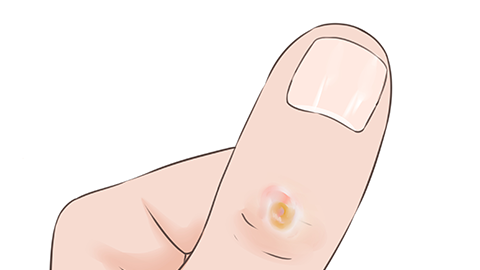Are pus-filled sores on the lower leg a sign of lymph node inflammation?
Generally speaking, the occurrence of a pus-filled sore on the lower leg is not necessarily caused by lymph node inflammation, although lymph node inflammation may cause symptoms such as local redness and swelling on the lower leg. If discomfort symptoms appear, it is recommended to seek timely diagnosis and treatment at a regular hospital. Detailed analysis is as follows:

A pus-filled sore on the lower leg is usually caused by bacterial infection of the local skin, such as folliculitis or furuncles. The lesion is confined to the skin and subcutaneous tissue, presenting as local redness, swelling, pain, and suppuration, which does not indicate lymph node inflammation. In contrast, lymph node inflammation occurs when the lymph nodes themselves are invaded by bacteria, viruses, or other pathogens. When the inflammation affects the lymph nodes around the lower leg, it may cause local redness, swelling, and pain in the leg. Sometimes it is accompanied by fever, but this type of swelling typically centers around the lymph nodes and differs from the localized suppuration seen in sores.
When a pus-filled sore or local redness and swelling appear on the lower leg, do not squeeze it yourself to avoid spreading the infection. Keep the affected area clean and dry, and apply antibiotic ointment as directed by a physician. If symptoms persist or worsen, such as fever or expanding redness and swelling, timely medical attention should be sought.







